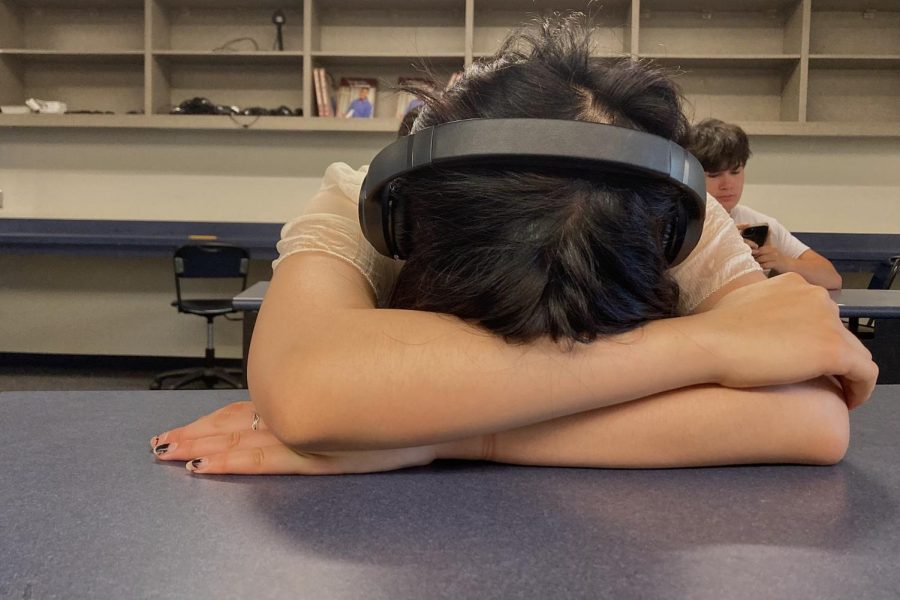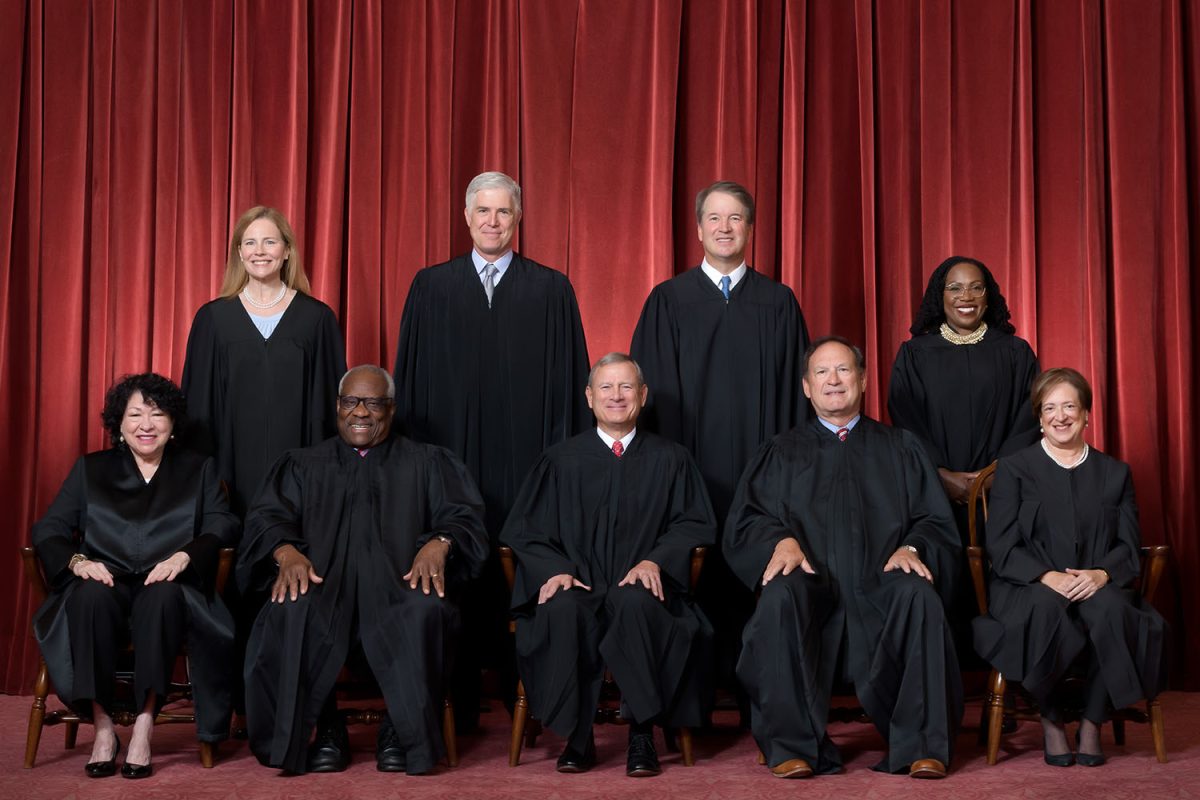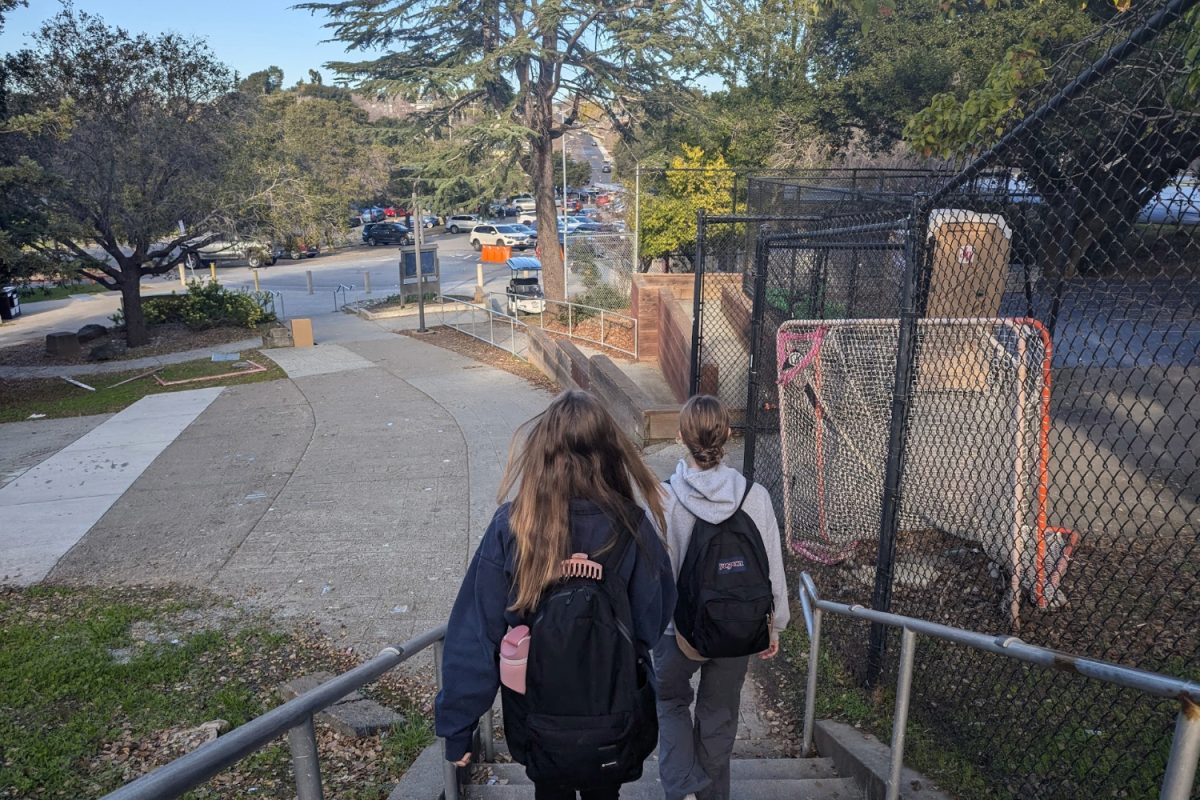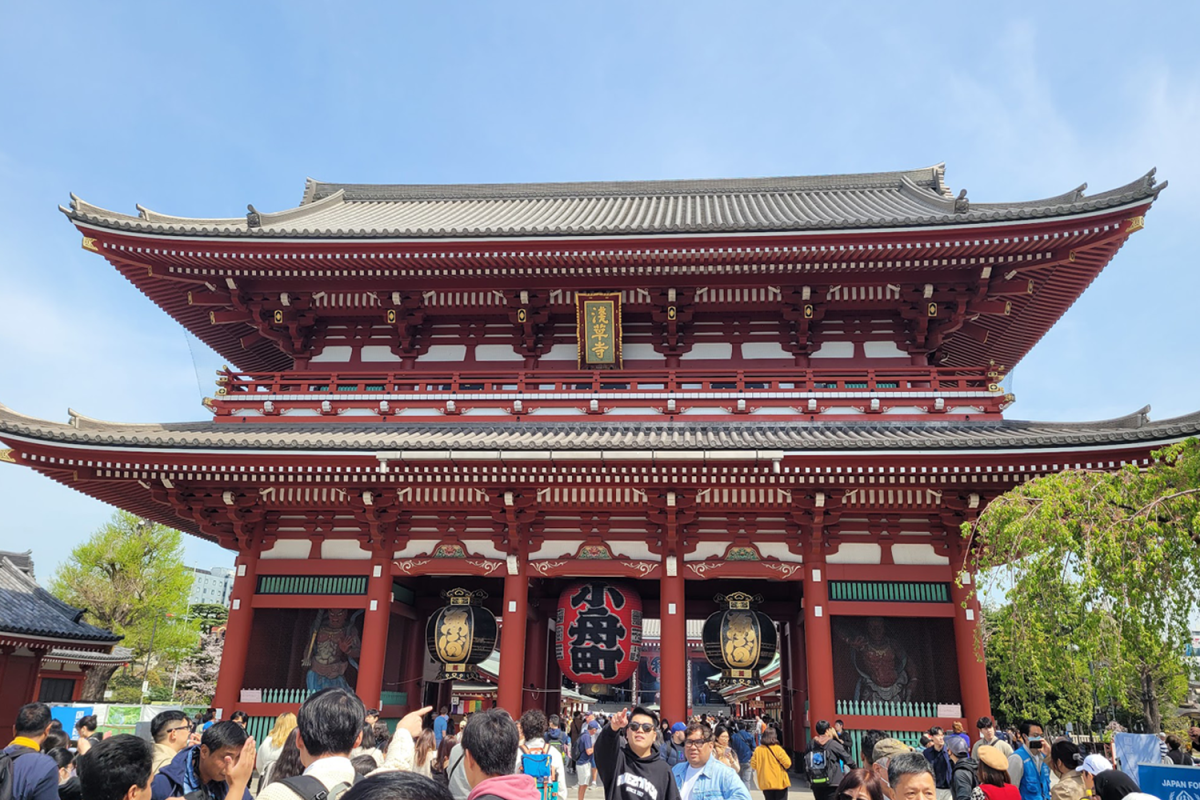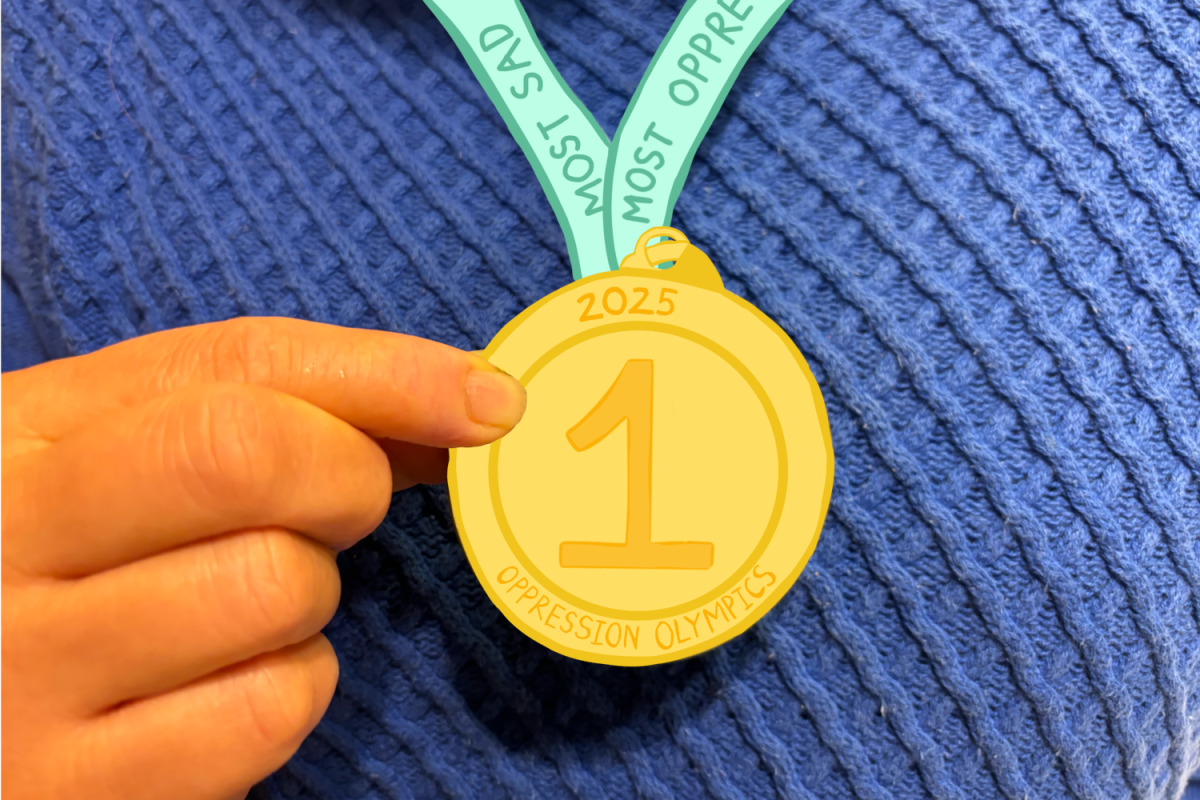Teenagers need more sleep. It’s a problem everyone acknowledges, and a problem California’s Senate Bill 328 (SB 328) hopes to solve.
The bill states that high schools should start no earlier than 8:30 a.m. and middle schools no earlier than 8 a.m. However, delayed school start time is an ineffective solution to a much more fundamental problem.
California passed SB 328 in acknowledgment that sleep deprivation in adolescents is associated with a myriad of negative consequences, including diabetes, drug use, and poor academic performance (cdc.gov). On top of that, teenagers biologically fall asleep later as a part of puberty. Thus, starting school later appears to be the most practical option.
Although policymakers approached the situation with good intentions, the new statewide start time left high schools scrambling to make new bell schedules. Inconsistencies across school implementation meant the new schedules were more inconvenient than beneficial. In some cases, the 8:30 a.m. start time even resulted in the opposite of the desired outcome.
Currently, at Carlmont, most students have to be in class nearly half an hour earlier than during the 2021-2022 school year. Even the minority with a zero period last year, which started at 8 a.m., don’t get much more sleep due to morning traffic and bus schedules.
Traffic has become a source of exasperation for students across the state. Due to the mandate, many middle and high schools start at similar times, coinciding with work traffic as more people return to their in-person jobs.
Extra time spent on the road forces students to push forward their entire morning routine, defeating the purpose of a later school start time.
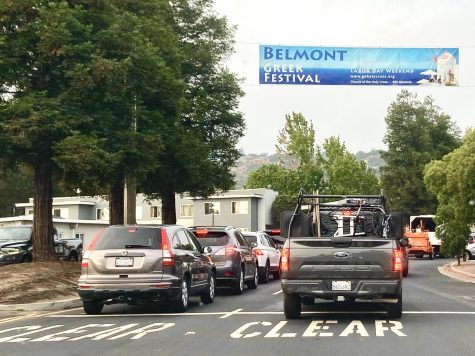
At Monta Vista High School, a regular day means students have five periods before their 1:25 p.m. lunch break. Even at Carlmont, students face four classes back-to-back in the morning while most only have two in the afternoon. Such an imbalance can prevent students from learning to their full capacity in the periods before lunch.
Take a look at San Mateo High School’s current schedule. It retains a zero period for a small number of students while still having periods one through seven, similar to Carlmont. The added brunch between periods two and three provides students with a much-needed morning break.
San Mateo High School students also face a problem: because they had no choice in the matter, some have one, or even two, periods off in the middle of the day while retaining both a zero and seventh period. For them, school starts at 7:30 a.m. and ends at 3:35 p.m., a terrible fate for any high school student.
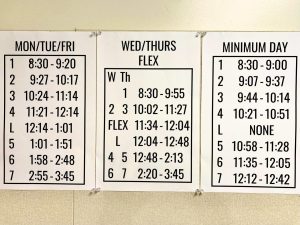
The new schedule means Carlmont students with six periods get to end earlier than before, but getting home is a dilemma. The inconsistent end times are confusing for parents who pick up their kids.
Those who take public transportation also face inconvenience. Bus schedules do not coincide with Carlmont’s new end times, making students stay at school for roughly an extra half hour before their bus arrives. This completely defeats the purpose of ending school earlier, and students end up losing a chunk of their afternoon getting home from school.
For most schools in the state, the new schedule means ending later in the day. High schoolers have a heavy academic workload, school sports, extracurriculars, and other responsibilities like jobs. Ending school so late disrupts these activities. Many students have no other option but to drop certain commitments or leave their homework until late at night, defeating the purpose of a later start time.
SB 328 can control when schools start, but it can’t control what drives students to stay up at night or what causes them so much stress. An extra 15-30 minutes of rest in the morning won’t give teenagers a lighter workload or teach them better time management. A later school start may prompt students to sleep even later than before. Ultimately it comes down to personal choice and self-discipline, something policies can’t control.
However, since policymakers like to throw new changes at the education system every year, schools can do nothing but adapt. But adapting doesn’t mean sticking kids in classrooms at exactly 8:30 in the morning. It means striving to create an environment suited to student needs, and the current schedules have failed to do so.

